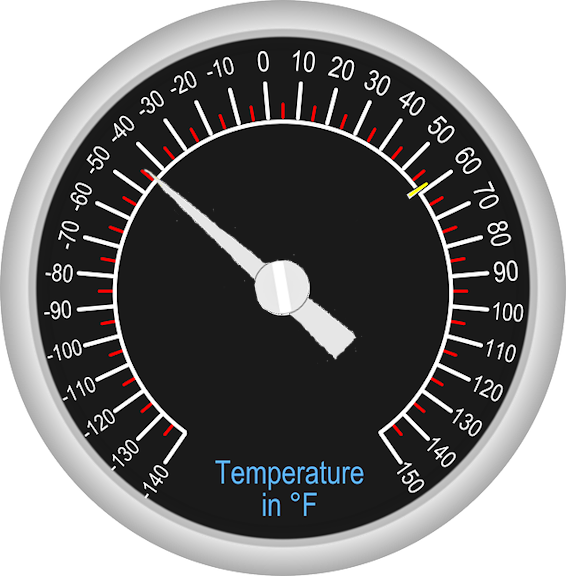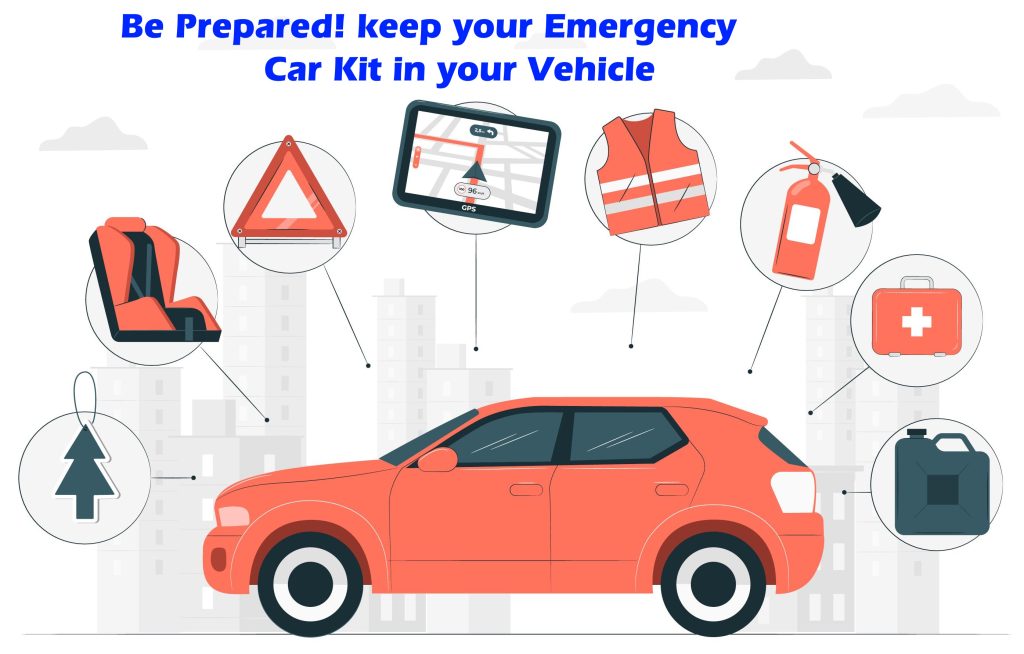

Today – let’s explore the benefits of Learning how to sing. Let’s answer how singing can be a rewarding experience for many reasons. Here’s a breakdown of some of the key benefits:
1. Emotional Expression
Outlet for Feelings: Singing allows individuals to express their emotions, whether joy, sadness, or nostalgia.
2. Therapeutic Benefits
Many find that singing can be a powerful form of therapy, helping to reduce stress and anxiety. Did you know? It’s also used as Therapy for Stroke victims to help regain speech and speaking abilities.
3. Enhanced Communication Skills
Articulation and Clarity: Learning to sing often improves verbal skills, as singers focus on pronunciation and projection.
Connection with Audiences: Good singing skills allow for a meaningful connection with an audience, whether in casual settings or live performances.

4. Cognitive Development
Memory Enhancement: Memorizing lyrics and melodies improves memory skills and cognitive functioning.
Discipline and Patience: The process of learning singing techniques and material requires discipline, fostering patience and perseverance.
5. Physical Benefits
Breath Control: Singing enhances your lung capacity and promotes proper breathing techniques.
Posture and Core Strength: Proper singing technique can improve posture and core strength, benefiting overall physical health.
6. Creativity and Personal Growth
Artistic Exploration: Learning to sing opens opportunities for creative expression through different genres and styles of music.
Confidence Boost: Performing in front of others can significantly improve self-esteem and confidence.

7. Social Opportunities
Community Engagement: Joining a choir, band, or singing group fosters social connections and friendships. Traveling to gigs allows for meeting new people altogether and, who knows? a music recording producer? more fans!
Shared Experience: Singing with others can enhance a sense of belonging, growing together, and community support.
8. Cultural Appreciation
Understanding Music and Art: Learning to sing often involves exploring a variety of musical genres and cultures, enriching one’s appreciation for the arts.
Tradition and Heritage: Singing can connect individuals to their cultural history and traditions through music. Check out how MyRath injects a touch of their culture into their music. I like the voice of that lead singer, Zaher Zagati, and their genre, hmm, yeah. 🙂

9 Professional Opportunities
Career Path: For some, learning to sing can lead to professional opportunities in the music industry, such as performing, teaching, or composing.
Versatile Skill: Vocal skills can be advantageous in various fields beyond music, such as acting, public speaking, or even corporate presentations.
Conclusion
Learning how to sing can be a transformative journey that touches on emotional, physical, cognitive, and social aspects of life.
Whether pursued as a hobby or a profession, the benefits of singing extend far beyond the act itself, enriching personal experiences and connections along the way. As a mother, I use to sing lullabyes to my sons when they were toddles to age 5. They still catch me now ‘n again, singing and will stop to listen. Our children can enjoy listening.
Explore the FREE Ebook with articles provided by Singorama.com, and learn a few basics of how to sing. Whether you want to go professional, or sing lullabyes to your baby, or learn Songwriting. Check for yourself if you’d like to learn with a ‘self-paced Program’ in the privacy of your home.
Click on the dowload button for your FREE! Ebook and Beginners lessons on how to Sing.
or you can click on the Banner Ad below to go straight to the Products page of Singorama. Thank you!
Learning in Motion
Extra Reading Resources
Definitive Guide when Recording Music in the Studio- Band Checklist
10 things you need to know before you Record your Band
Step-by-Step Guide to Starting Your Own Recording Studio
I hope you enjoyed this post and hope to see you again. For now, go ahead and share this post with someone you know who may be interested in a Singing career. Life is full of possibilities, and each of us can step up to share this kind of dream. 🙂
Please feel free to leave your Comments and share your new found knowledge with others. Use the ‘Ask A Question’ form to make a request on a topic of your own interest or offer your own Post. Payment cannot be offered at this time. It is FREE to subscribe to my RSS feed.
AIC| An Informal Cornr, all rights reserved. Ginsense writes articles on business skills, development, health, science, technology and society and enjoys advocating for independence, security and a better world for all of us.















